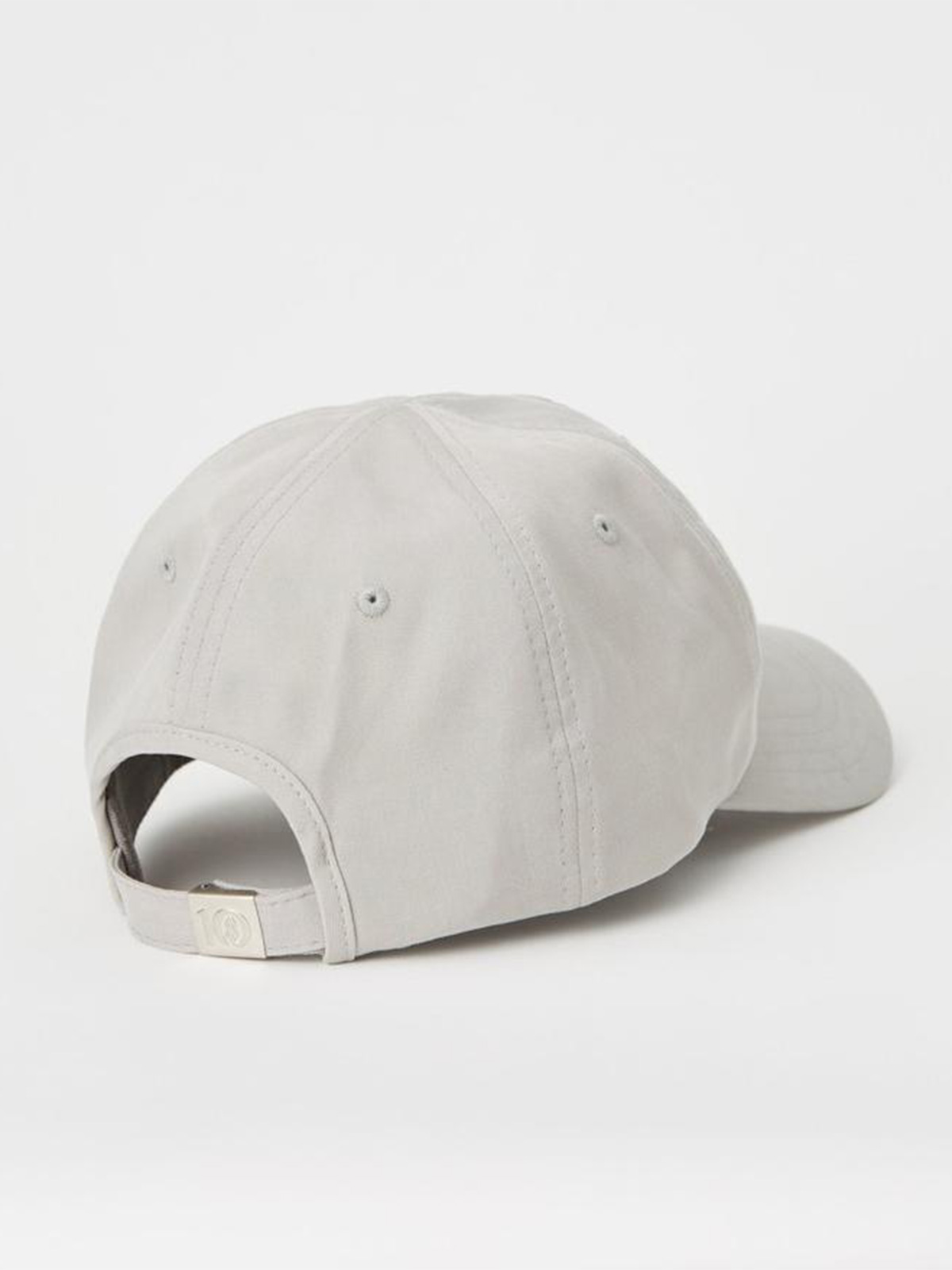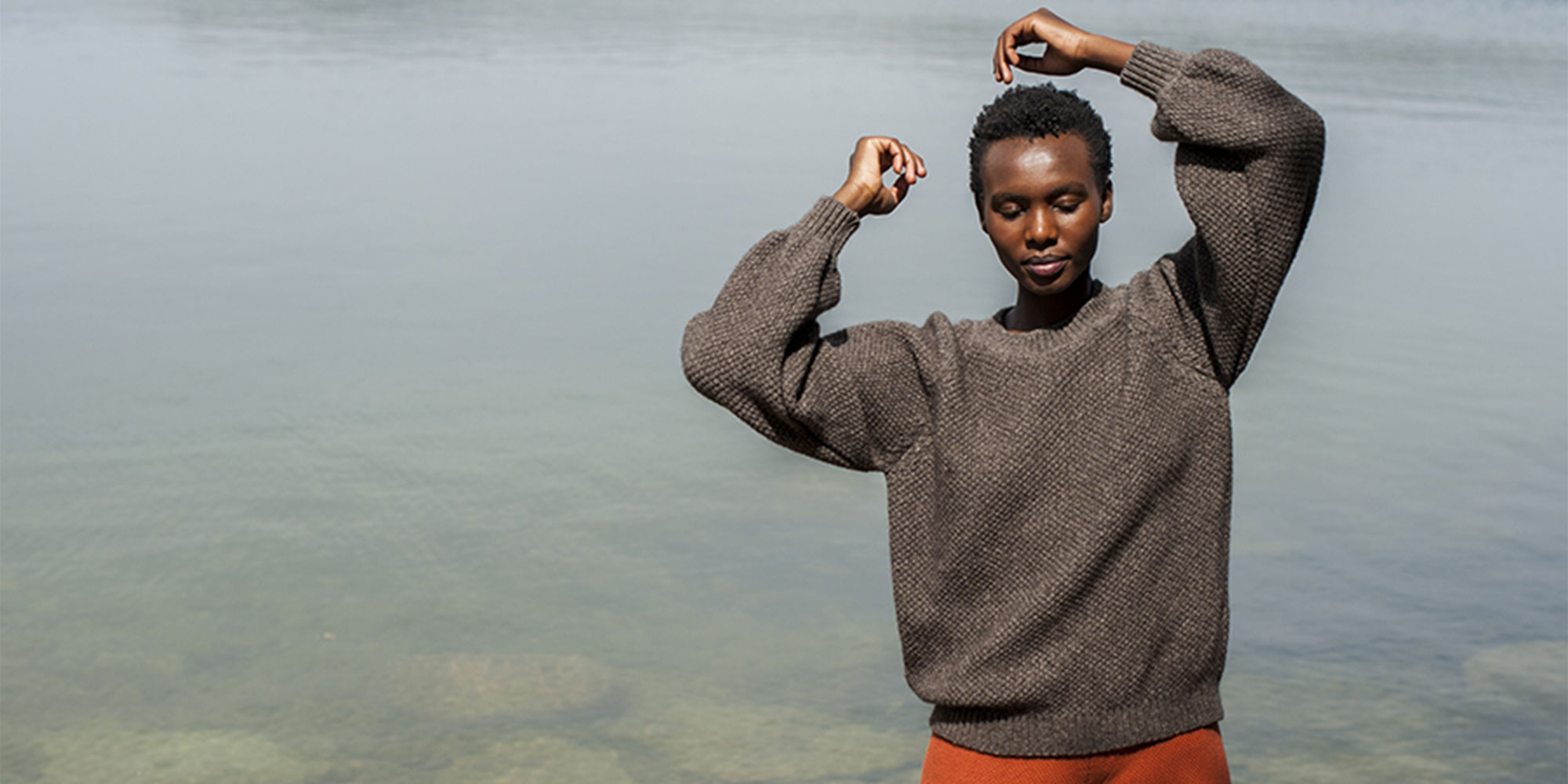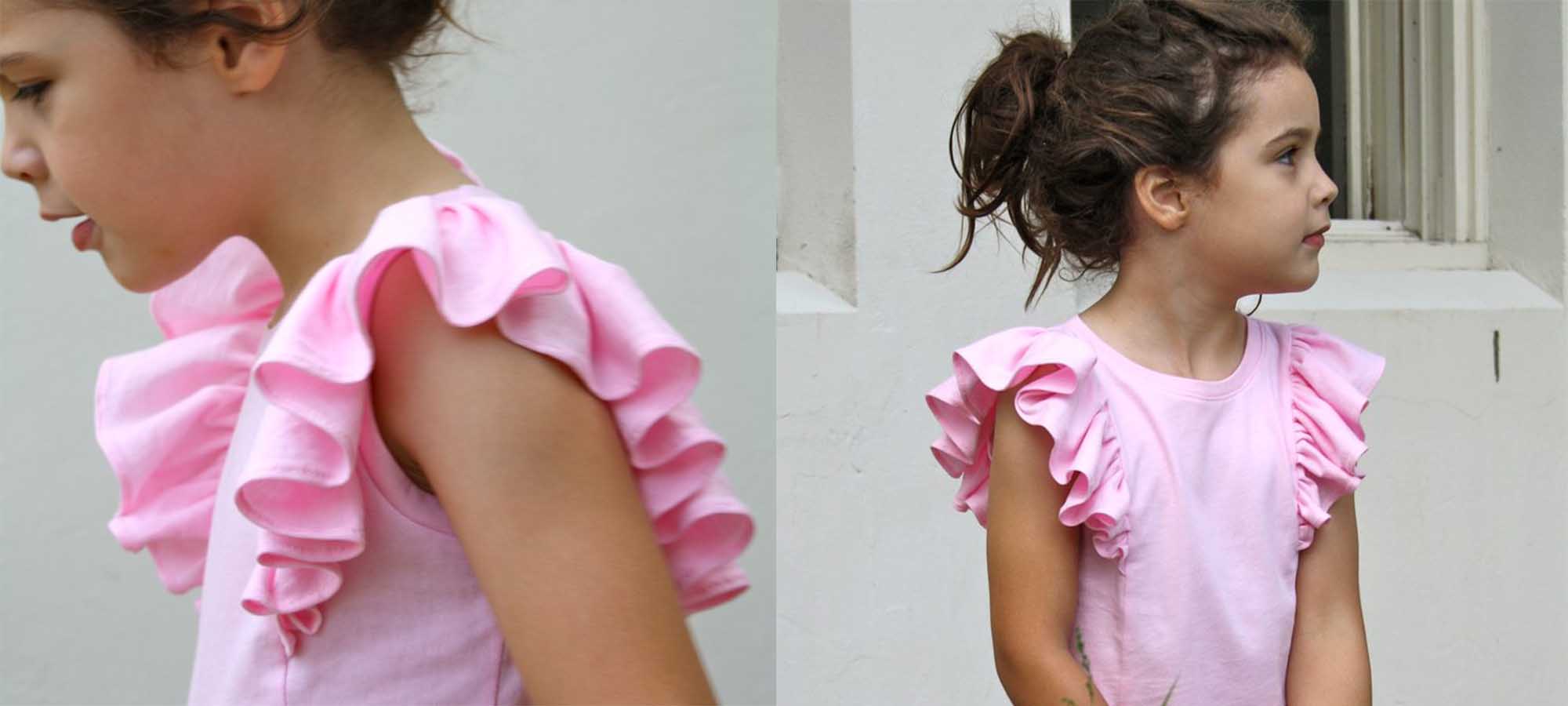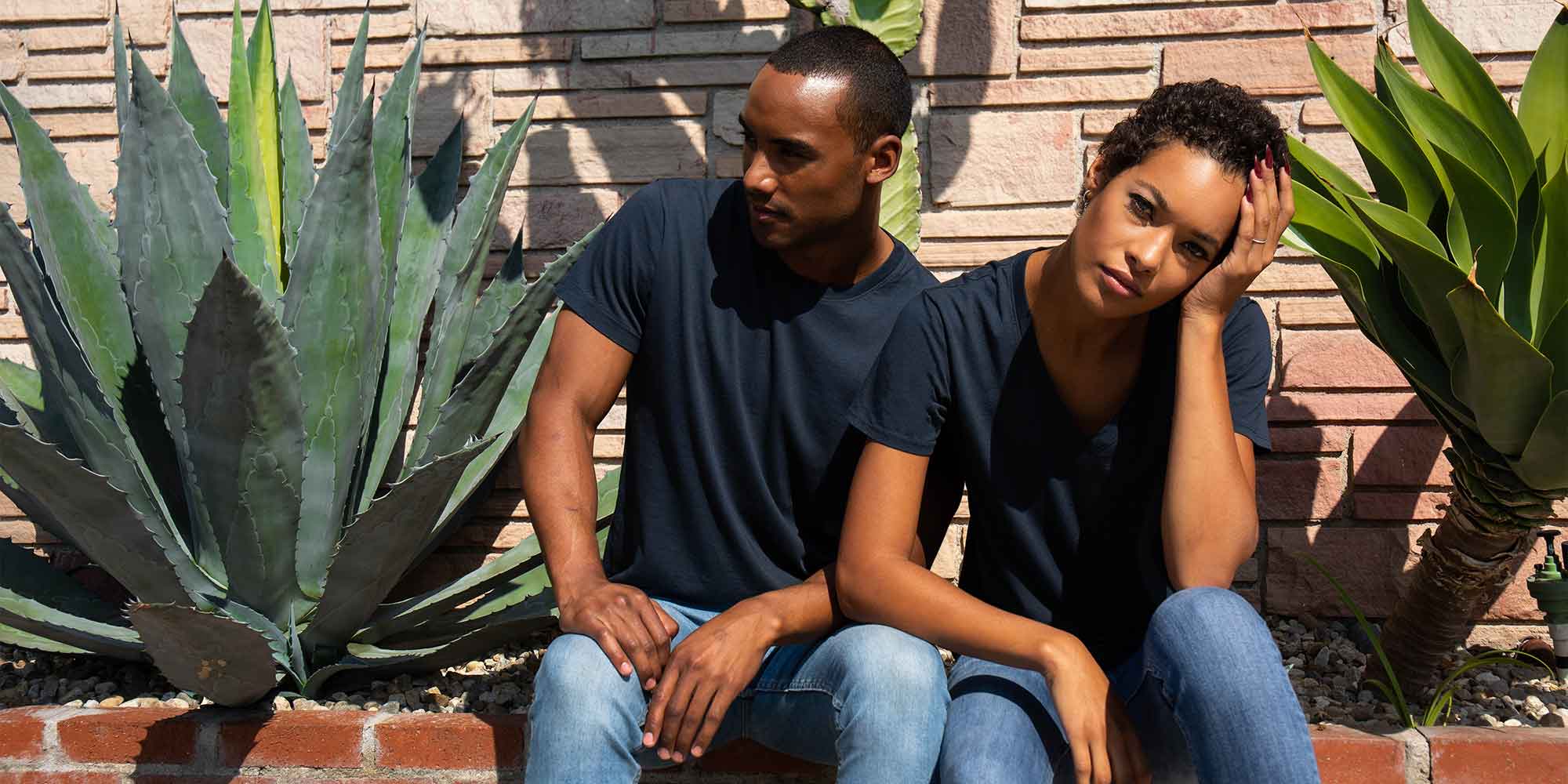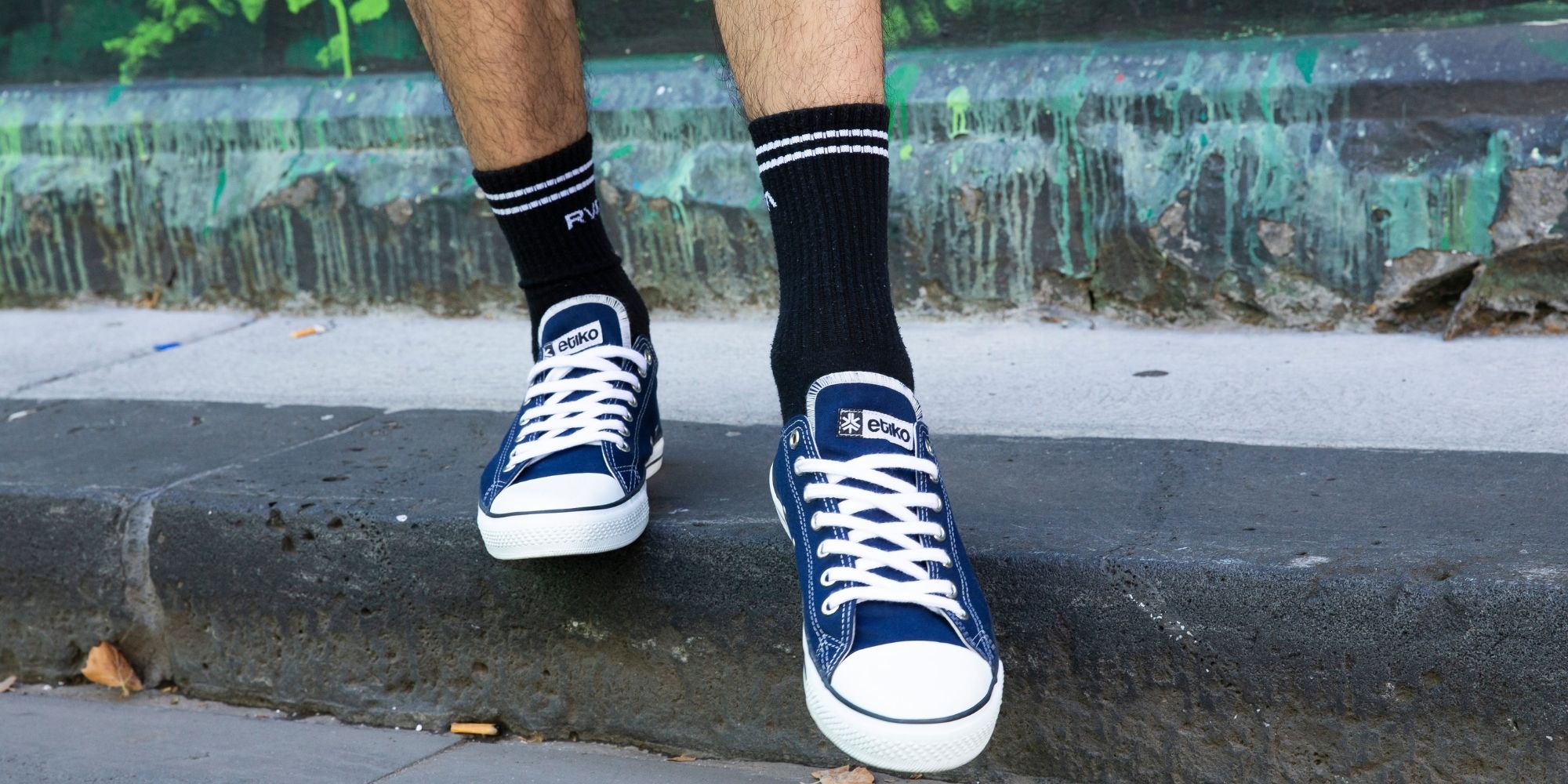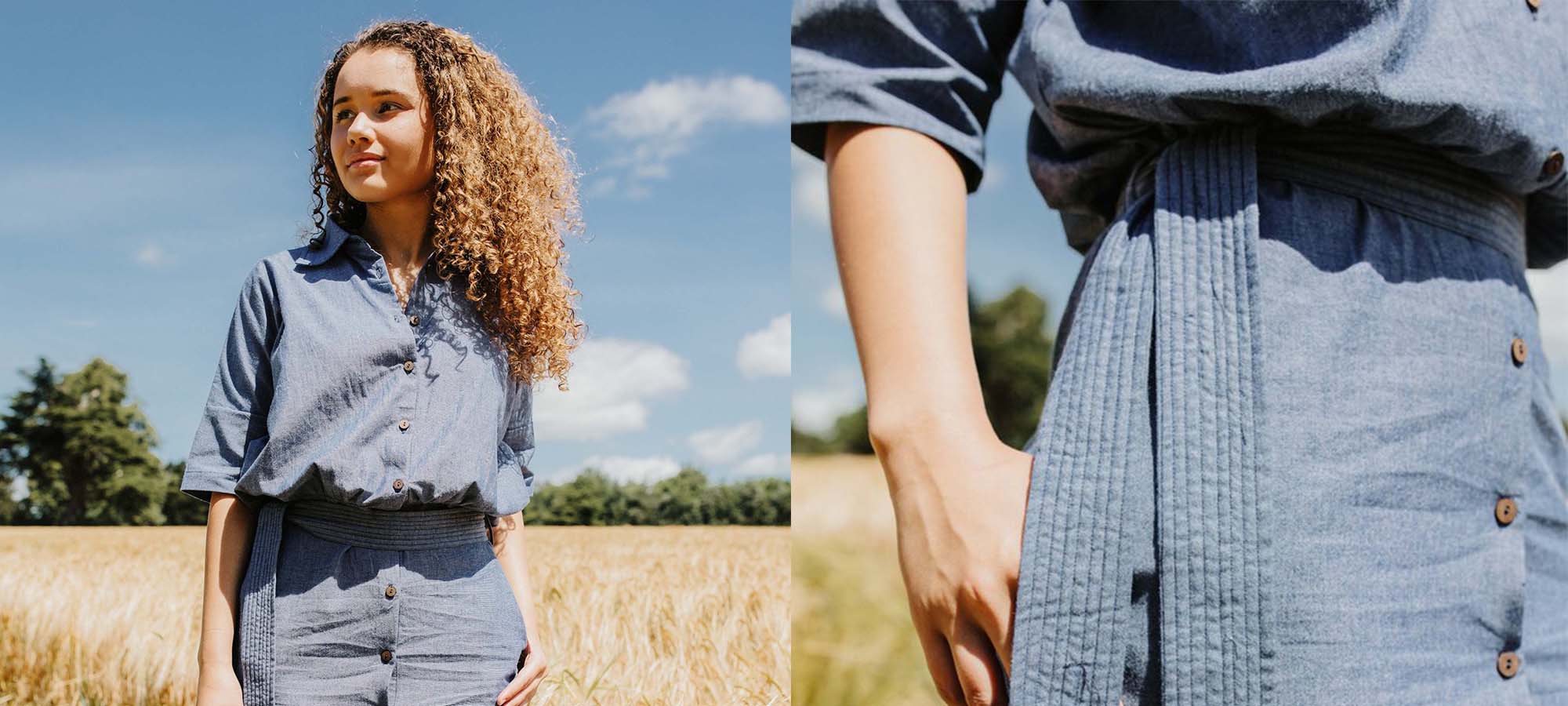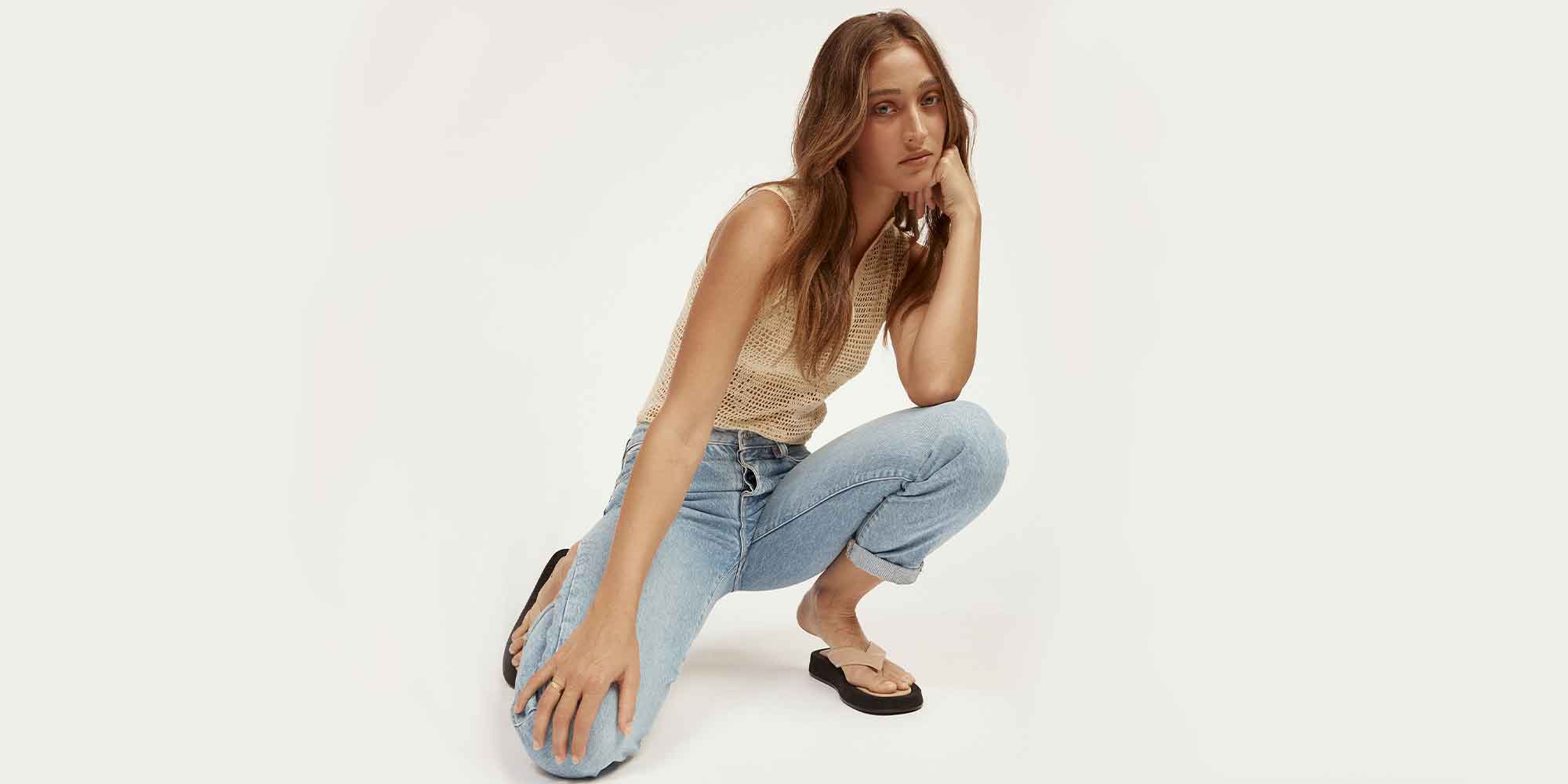It’s the light, breathable fabric that keeps your skin cool in summer and your sheets silky smooth year ’round. Chances are, you’re one of many people who use cotton daily. So, is cotton truly as sustainable and ethical as advertised? Cotton may have done a lot to clean up its image since its colonial days as the crop that launched a thousand slaves (or, to be precise, 1.8 million) to the American cotton fields, but how much has changed?
Cotton is a natural fibre found in many wardrobe staples such as jeans and t-shirts. Compared to other common clothing fibres such as synthetic polyester, semi-synthetic rayon, and bamboo, cotton has the advantage of being a completely natural product, which means it’s biodegradable.
Although cotton is a naturally occurring fibre, its production is nevertheless haunted by claims of pollution, exploitation, and slavery—yes, even today.
The most abundantly produced natural fibre in the world, it is estimated that 25 million tons of cotton are produced every year. With so much cotton being grown globally, it’s crucial to take a closer look at some of the issues, concerns, and solutions to the production of this so-called “white gold” and answer once and for all—is cotton sustainable and ethical?
Cotton: the thirsty crop
Here’s the double-edged sword of cotton production—it requires a lot of water to grow and is primarily grown in arid conditions. This means that not only are vast amounts of water used to grow cotton for clothes every year, but the production is also contributing to sea basins drying up. This “virtual water” needs to be considered when purchasing cotton products. According to studies, it can take thousands of litres of water to produce enough cotton for just one t-shirt, so there’s a lot to account for!
However, this high level of water wastage isn’t only due to irrigation—it is also commonly a result of inefficient water usage and pollution due to pesticide use (more on pesticides later).
Another way water gets polluted is by the use of chemicals in the production and dyeing processes. It is costly to safely dispose of the hazardous chemicals often used in fabric dyeing, and pressure to produce clothing more cheaply often results in the contamination of river systems. In China, it is estimated that 70% of the rivers and lakes are contaminated by the 2.5 billion gallons of wastewater produced by the fashion industry.
When buying cotton goods, it’s essential to be aware of these many litres of “virtual water.” It may sound arbitrary, but think about it this way—in India alone, a country where 100 million people have no access to safe drinking water, the water used in cotton production would be sufficient to provide 85% of the country’s 1.24 billion people with 100 litres of water every day for a year!
The big deal with GMO cotton
There are some scary statistics surrounding cotton farming in the 21st century. Genetically modified (GMO) cotton seeds now account for 89% of the cotton planted in India—and by 2015, more than 12,500 Indian cotton farmers had died by suicide.
The link between these two figures might not be obvious. However, it has been suggested that the introduction of GMO cotton has tangibly worsened the lives of Indian farmers.
Although GMO cotton is not directly responsible for these tragic deaths, the fact is that they are a major contributing factor to the web of debt in which many Indian farmers find themselves inextricably caught.
So, what’s the problem with GMO cotton? In brief, the idea behind these cotton seeds is that they contain Bt toxins, which are supposed to be resistant to various pests—specifically the bollworm—which can be catastrophic for cotton.
The problems arise when it comes to replanting: GMO cotton seeds have been modified so they can’t reproduce, meaning that farmers can’t retain seeds for the following crop but must buy new seeds each year. On top of this, due to the high demand for cotton seeds and government-regulated prices, many farmers must buy their Bt cotton seeds on the black market for prices much higher than the market value (about three to eight times the cost of conventional seeds). Because many small-scale farmers cannot take loans from larger organisations, they are pushed into the arms of private money lenders with higher interest rates.
In addition to all this, although Bt cotton is supposed to prevent pests, reports have indicated that it may not be all it’s cracked up to be. Monsanto sells Bt cotton seeds, and farmers must also purchase pesticides from the same company to manage the resulting cotton crops. Many chemicals in these sprays are banned in the West yet are used by farmers without protective wear or training!
Tragically, often when farmers do die by suicide, it is by swallowing the pesticides they cannot afford to pay off.
The human cost
With its roots in the slave trade, the cotton industry certainly has a dubious past. But what about now?
The industry can’t seem to shake off the allegations of child slavery and forced labour at various stages of the process. However, we’ve seen some recent progress, with the International Labour Organisation stating that most forced labour has been eliminated from Uzbekistan’s cotton fields.
Then there are issues in places such as West and Central Africa and Brazil, where farmers cannot compete with the cost of US subsidised cotton. The World Trade Organisation conference in Nairobi in the summer of 2016 agreed to improve market access and eliminate export subsidies for cotton, but there’s still more work to be done.
Child labour is often used at various stages of the cotton production process, and even after the plants have been harvested, the conditions under which workers refine and process the raw cotton can amount to bonded labour.
If only there were a better way, right? Well, it just so happens there is.
What about organic cotton?
What’s all the hype over organic cotton? Apart from the fact that it doesn’t contain all those harmful chemicals (always a good starting point), organic cotton comes with other advantages. According to a study by Remake, hazardous pesticides applied during cotton manufacturing, including petroleum scours, heavy metals, flame retardants, ammonia, and formaldehyde, can also be detected in our clothes. So organic cotton isn’t just better for the health of the people growing it—it’s also considerably better for you to wear, too!
Organic cotton seeds are cheaper than Bt cotton, helping farmers escape the cycle of debt and poverty. And less pesticides = better for the environment, better for the farmers’ health, and better for you!
Of course, there is still the issue of how organic cotton is processed and turned into clothing, so it’s important to make sure that companies using organic cotton also have robust labour policies in place.
Some improvements
In 2018, 36 major brands, including Adidas, ASOS, H&M, and Burberry, pledged to use 100% sustainable cotton by 2025. This shows a growing demand for more sustainable cotton that reduces traditional cotton production’s social and environmental impacts, which is fantastic to see. What’s more, an increasing number of new solutions are seeing the light of day to help businesses trace their cotton: blockchain is one of these new technologies that can help the fashion industry become more ethical and sustainable. In fact, blockchain startup Bext360 has partnered with several fashion brands, such as C&A, PVH Corp, and Kering, as well as organisations including our good friends at Fashion For Good and C&A Foundation. They aim to bring more transparency to cotton supply chains by enabling businesses to verify the origins and ethics of the raw materials, fabrics, and garments they purchase.
If you’re interested in sustainable cotton, the CottonUP guide to sustainable cotton is a practical resource to inform and guide businesses looking to source better cotton, developed by several organisations aiming to increase the use of sustainable cotton internationally.
And remember, you can check out where companies stand on environmental and labour rights using the Good On You app and Directory to compare various brands’ stances on these issues. Of course, there are certain accreditations you can look for that make choosing fabrics that are sustainable at all levels of the production process easy. These include Fairtrade and Global Organic Textile Standard.
Here are a few of our favourite brands for organic cotton:
